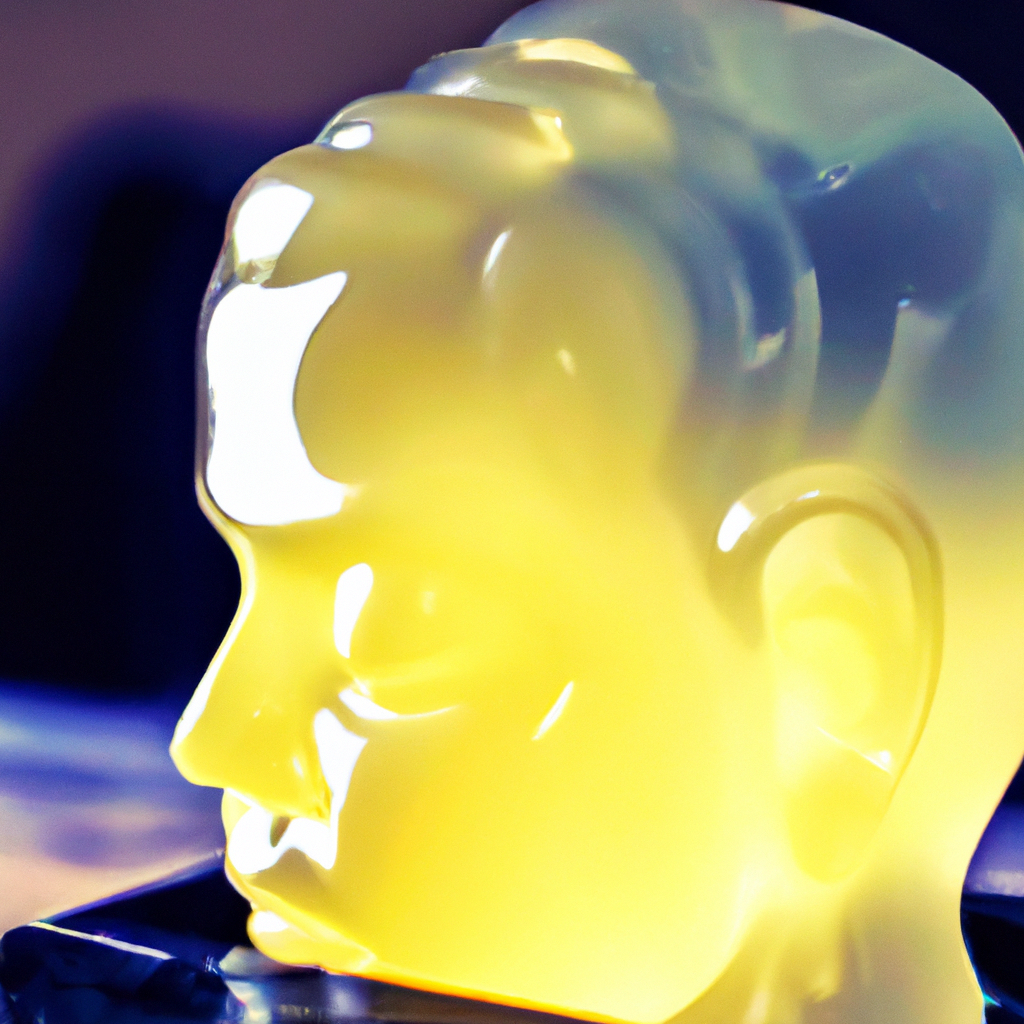Meditation is an ancient practice that has become increasingly popular in modern society. It is a tool that can be used to improve mental health, reduce stress, and promote mindfulness. One technique that has gained attention in recent years is the use of binaural beats in meditation. But what are binaural beats, and how are they used in meditation?
Binaural beats are a type of audio therapy that involves listening to two tones of slightly different frequencies in each ear. This creates an auditory illusion that produces a third tone that the brain perceives as a beat. The frequency of this beat is equal to the difference between the two tones. For example, if one tone is at 200 Hz and the other is at 210 Hz, the beat frequency will be 10 Hz.
The use of binaural beats in meditation has become popular because it is believed that these beats can help to synchronize brainwaves. Brainwaves are the electrical impulses that are produced by the brain and can be measured using an electroencephalogram (EEG). There are four main types of brainwaves, each associated with different states of consciousness.
Delta waves (0.5-4 Hz) are associated with deep sleep and unconsciousness. Theta waves (4-8 Hz) are associated with light sleep and relaxation. Alpha waves (8-12 Hz) are associated with wakeful relaxation and meditation. Finally, beta waves (12-30 Hz) are associated with alertness and active thinking.
When binaural beats are used in meditation, the beat frequency is typically set to match the desired brainwave frequency for the intended meditation state. For example, if the goal of the meditation is to achieve a state of relaxation, the beat frequency might be set to 6 Hz, which is in the theta range. The idea is that listening to the binaural beats will cause the brain to synchronize with the beat frequency, thereby inducing the desired state of consciousness.
Binaural beats can be used in different types of meditation practices, including guided meditation and mindfulness meditation. Guided meditation involves listening to a recorded script that guides the listener through a meditation practice. Binaural beats can be added to the recording to enhance the meditation experience. Mindfulness meditation, on the other hand, involves focusing on the present moment and becoming aware of one’s thoughts and sensations. Binaural beats can be used as a tool to help the listener achieve a deeper state of relaxation and focus.
One of the main benefits of using binaural beats in meditation is stress relief. Stress is a common problem in modern society, and many people turn to meditation as a way to cope with it. Binaural beats can enhance the relaxation response that is triggered by meditation, making it easier to let go of stress and tension.
In addition to stress relief, binaural beats can be used for self-improvement. For example, they can be used to improve focus and concentration, enhance creativity, and promote better sleep. Some studies have even suggested that binaural beats may have therapeutic benefits for certain conditions, such as anxiety and depression.
It is worth noting that the effectiveness of binaural beats in meditation is still a matter of debate. While some people swear by their benefits, others are more skeptical. It is important to remember that everyone is different and what works for one person may not work for another.
In conclusion, binaural beats are a type of audio therapy that can be used in meditation to synchronize brainwaves and induce different states of consciousness. They can be used in various types of meditation practices, including guided meditation and mindfulness meditation. The main benefits of using binaural beats in meditation are stress relief and self-improvement. While their effectiveness is still debated, they offer a unique tool for those looking to enhance their meditation practice.







